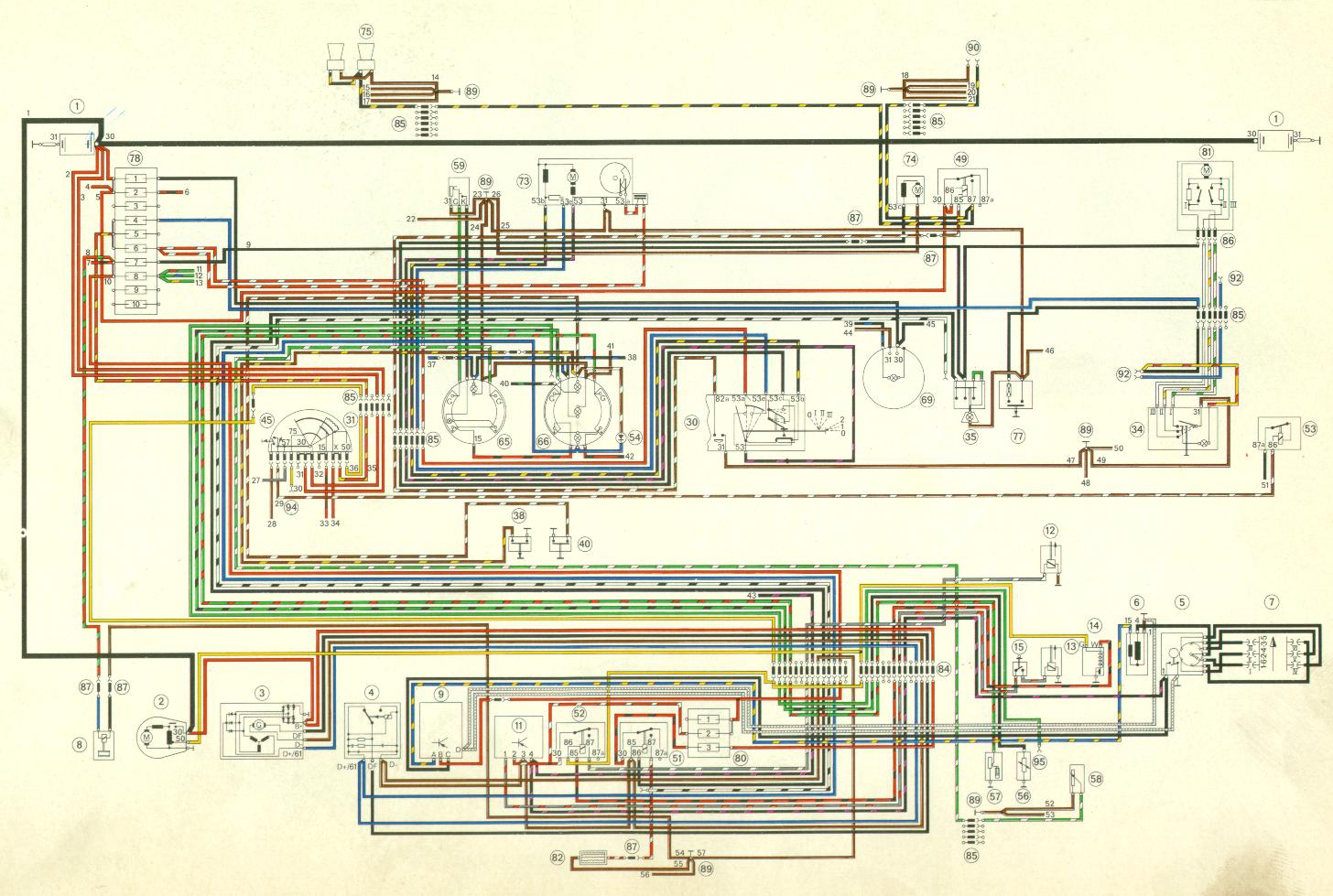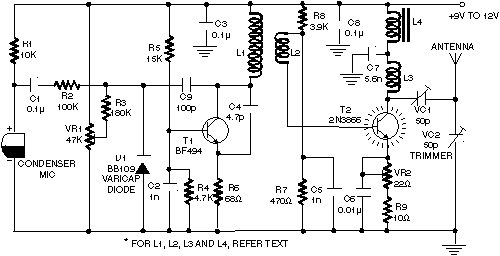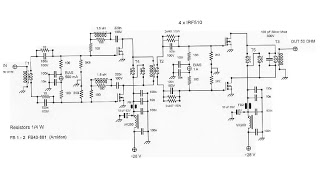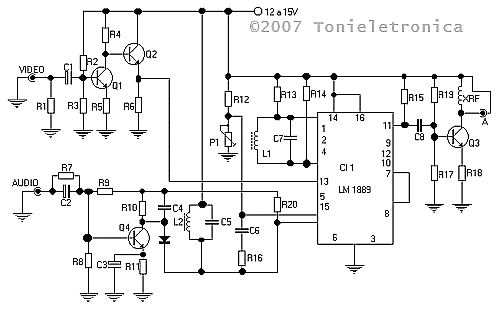
Micro Power AM Broadcast Transmitter
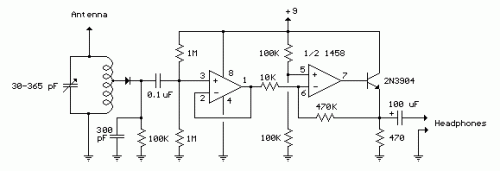
In this circuit, a 74HC14 hex Schmitt trigger inverter functions as a square wave oscillator to drive a small signal transistor configured as a class C amplifier. The oscillator frequency can be set to a fixed value using a crystal or made adjustable (VFO) with a capacitor/resistor combination. A 100pF capacitor is utilized in place of the crystal for VFO operation.
The circuit employs the 74HC14 hex Schmitt trigger inverter due to its ability to provide a clean square wave output, which is essential for driving the subsequent transistor stage effectively. The Schmitt trigger's hysteresis characteristics enhance the stability of the oscillator, allowing it to maintain consistent frequency output even in the presence of noise.
In the VFO configuration, the oscillator frequency is determined by the RC time constant of the capacitor and resistor network. The choice of a 100pF capacitor allows for a range of operating frequencies, which can be adjusted by varying the resistance in the circuit. This flexibility makes the circuit suitable for applications requiring frequency modulation or tuning.
The output from the 74HC14 is connected to the base of a small signal transistor, which operates in class C mode. In this configuration, the transistor conducts for less than half of the input signal cycle, resulting in high efficiency and the ability to amplify high-frequency signals. The class C amplifier is particularly effective in RF applications where signal amplification is required without significant power loss.
The overall design of this circuit is compact and efficient, making it ideal for various electronic applications, including signal generation and amplification in communication devices. Proper selection of components, particularly the resistor and capacitor values, is crucial for achieving the desired frequency response and stability in the oscillator output.In this circuit, a 74HC14 hex Schmitt trigger inverter is used as a square wave oscillator to drive a small signal transistor in a class C amplifier configuration. The oscillator frequency can be either fixed by a crystal or made adjustable (VFO) with a capacitor/resistor combination.
A 100pF capacitor is used in place of the crystal for VFO operation 🔗 External reference
The circuit employs the 74HC14 hex Schmitt trigger inverter due to its ability to provide a clean square wave output, which is essential for driving the subsequent transistor stage effectively. The Schmitt trigger's hysteresis characteristics enhance the stability of the oscillator, allowing it to maintain consistent frequency output even in the presence of noise.
In the VFO configuration, the oscillator frequency is determined by the RC time constant of the capacitor and resistor network. The choice of a 100pF capacitor allows for a range of operating frequencies, which can be adjusted by varying the resistance in the circuit. This flexibility makes the circuit suitable for applications requiring frequency modulation or tuning.
The output from the 74HC14 is connected to the base of a small signal transistor, which operates in class C mode. In this configuration, the transistor conducts for less than half of the input signal cycle, resulting in high efficiency and the ability to amplify high-frequency signals. The class C amplifier is particularly effective in RF applications where signal amplification is required without significant power loss.
The overall design of this circuit is compact and efficient, making it ideal for various electronic applications, including signal generation and amplification in communication devices. Proper selection of components, particularly the resistor and capacitor values, is crucial for achieving the desired frequency response and stability in the oscillator output.In this circuit, a 74HC14 hex Schmitt trigger inverter is used as a square wave oscillator to drive a small signal transistor in a class C amplifier configuration. The oscillator frequency can be either fixed by a crystal or made adjustable (VFO) with a capacitor/resistor combination.
A 100pF capacitor is used in place of the crystal for VFO operation 🔗 External reference
Warning: include(partials/cookie-banner.php): Failed to open stream: Permission denied in /var/www/html/nextgr/view-circuit.php on line 713
Warning: include(): Failed opening 'partials/cookie-banner.php' for inclusion (include_path='.:/usr/share/php') in /var/www/html/nextgr/view-circuit.php on line 713
